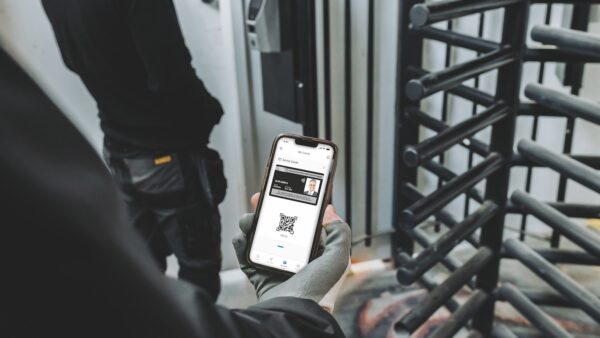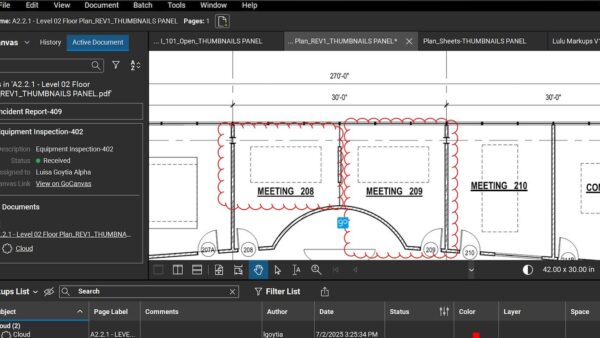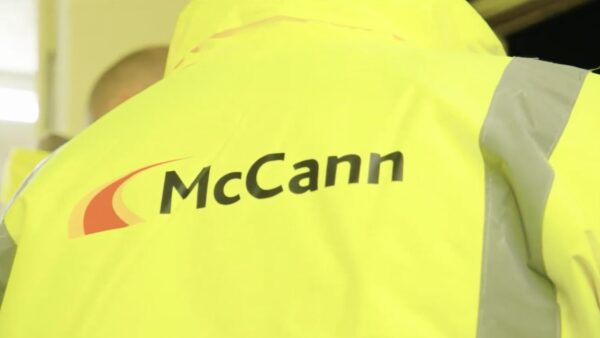
Project Information Requirements are the bedrock of a successful project – and the more you make of them, the better-managed your project will be, suggests Iain Miskimmin.
Project Information Requirements (PIR) can be hit and miss. On many of the projects I have advised and assisted over the years, they are happily forgotten or merged into the asset or engineering worlds. Their importance, and specifically their importance to the people who finance and own the project, is not communicated. Yet this is where we can win a significant battle to get investment in digital delivery.
That top level – the financial backers, the shareholders, the board, the investors and their customers – want to know that the project is in good hands, is not wasting money, taking unnecessary risks and will finish when promised. Much of this information is generated somewhere already, but not communicated until it is perhaps too late and not in a way that it can be linked to other project data that will allow for analysis for red flags and triggers, so we can predict and avoid, rather than impact and react.
PIR best practice
The PIR document (or database) is written to ensure that information essential for the running of the project and the meeting of its objectives are measured and monitored at a regular pace throughout its lifecycle. This ensures that there are no surprises in six months when it is noted that the project won’t achieve the outcomes set by the client. It needs to be relevant throughout all the phases of the project.
The method used should give the appointed party the opportunity to deliver their best and most innovative ways of recording, managing and communicating this information (outcomes rather than restrictive details).
Ideally, it should be split into three tables:
Project management: standard project management information to look at metrics such as finance, risk, quality, safety, legality, and stakeholder engagement.
For example: this project needs to have a set of stakeholder engagement procedures that ensure project information is communicated to relevant stakeholders in a timely and appropriate manner.
What are the stakeholder engagement procedures and technologies you will employ and how will a register of these engagements be communicated to the XXX project team to allow monitoring on an XXX basis?
Design intent: this asks them how they will communicate how they will meet the key project metrics, such as improved connectivity, increased capacity, sustainability, economic boost and improved journey times.
One of the most important project factors to measure is the reduction in travel time between the towns and cities that are connected by a new railway. This could be achieved by comparing the average travel time before and after this project. How might you measure, monitor and communicate this, and what technologies will you use?
High-level specification: these are specific metrics required by the high-level sponsor (such as the Department for Transport), such as provision for persons of restricted mobility, rolling stock provision, integration with other owners’ assets, biodiversity and carbon footprint.
Persons of Restricted Mobility (PRM): This new railway shall be compliant with the PRM and Persons of Restricted Mobility Technical Specification for Interoperability (PRM-TSI) covering accessibility for persons with reduced mobility and the UK National Implementation plan. How will you ensure that the railway complies with the accessibility requirements for persons with restricted mobility, as outlined in the PRSI and PRM-TSI, and communicate this compliance to the appointing party?
Appointed party’s response
In each case, the appointed party should ideally respond with:
- When will they deliver (including frequency of updates)?
- What information will they deliver and what format will it be in?
- How will the information be quality assured, so it can be trusted throughout, including sign-off procedures?
- How will it be submitted or communicated to the appointing party?
This outcome-driven approach might upset some consultants who are used to dictating what the client sees or has access to (and charging accordingly…), but this is about value, value of information, winning that high-level battle that allows the CEOs, shareholders, board members and ultimately the customers to see what they could win, if they take the information delivery seriously.
Iain Miskimmin is digital adviser at Nec Aspera Terrent Digital Ltd & Bentley Systems.
Don’t miss out on BIM and digital construction news: sign up to receive the BIMplus newsletter.














